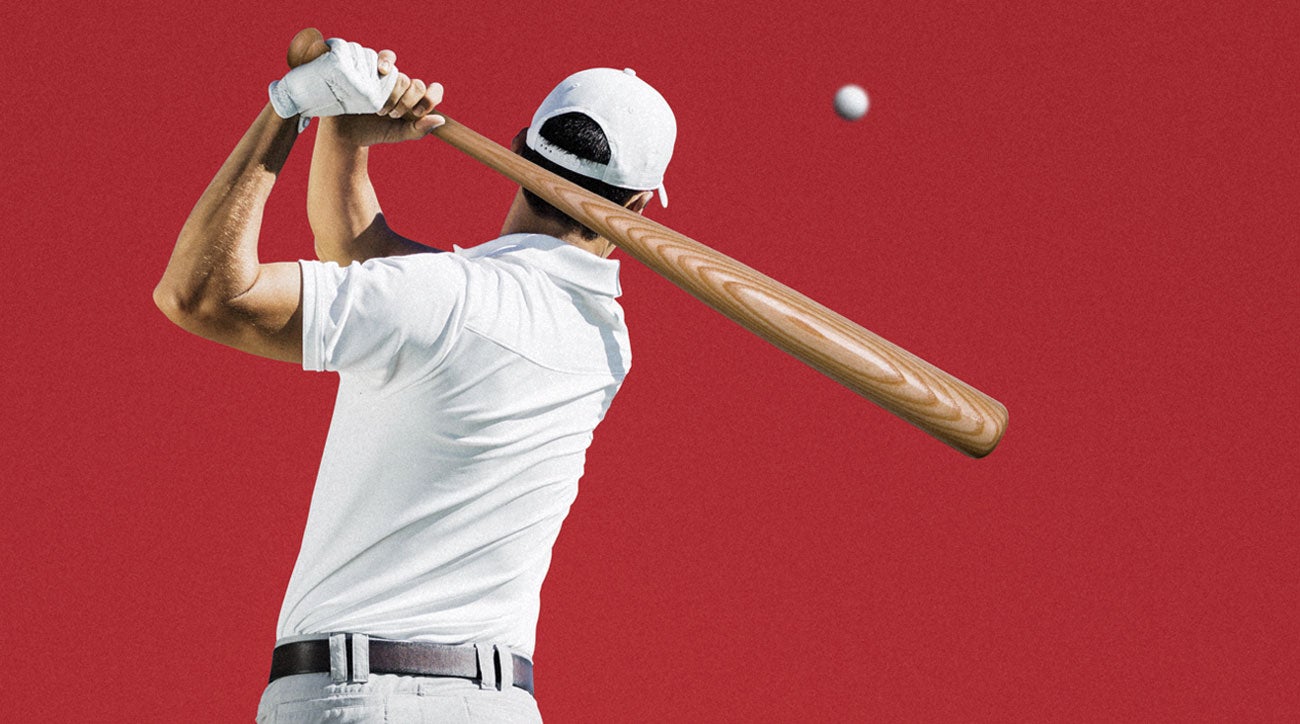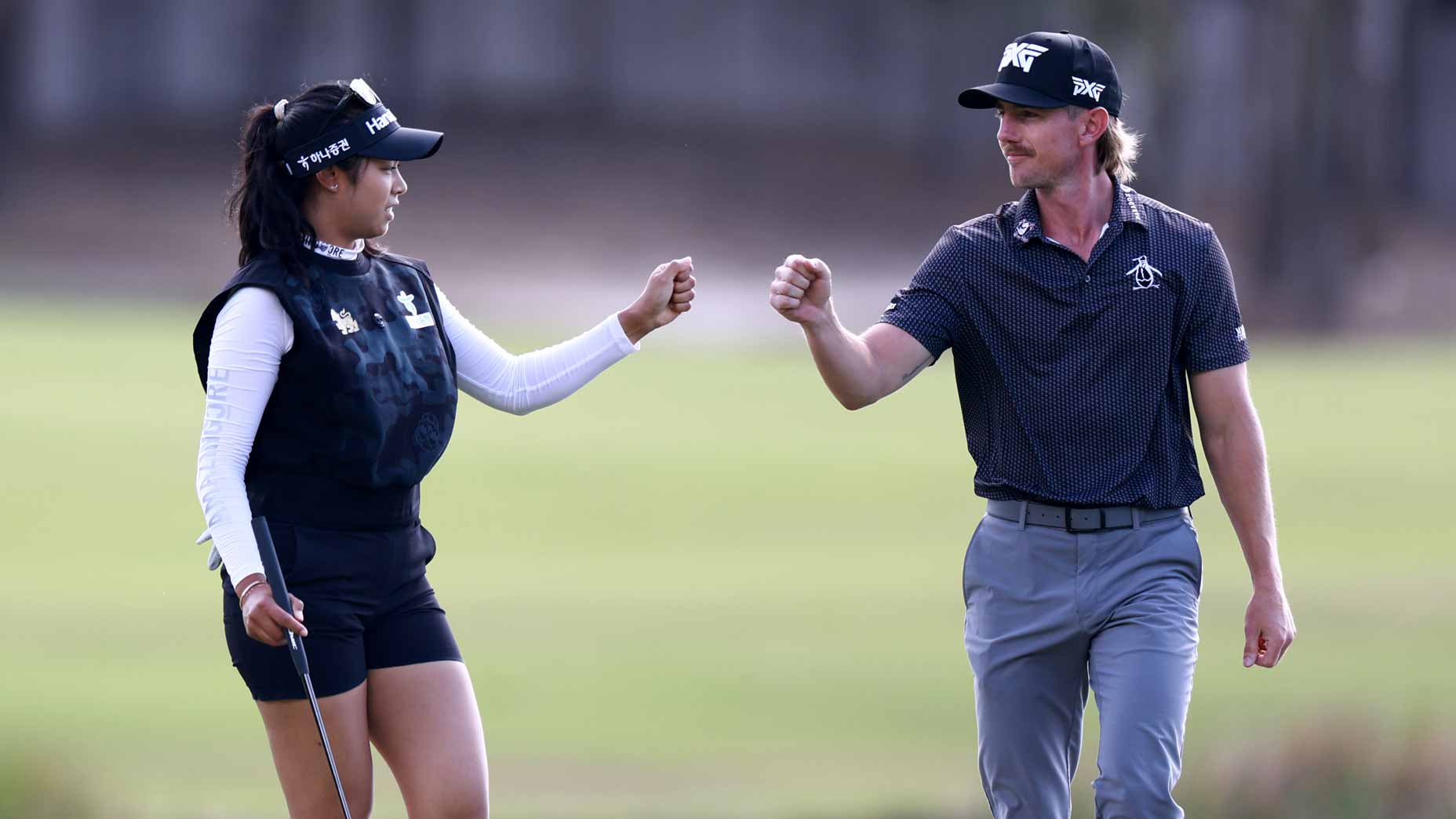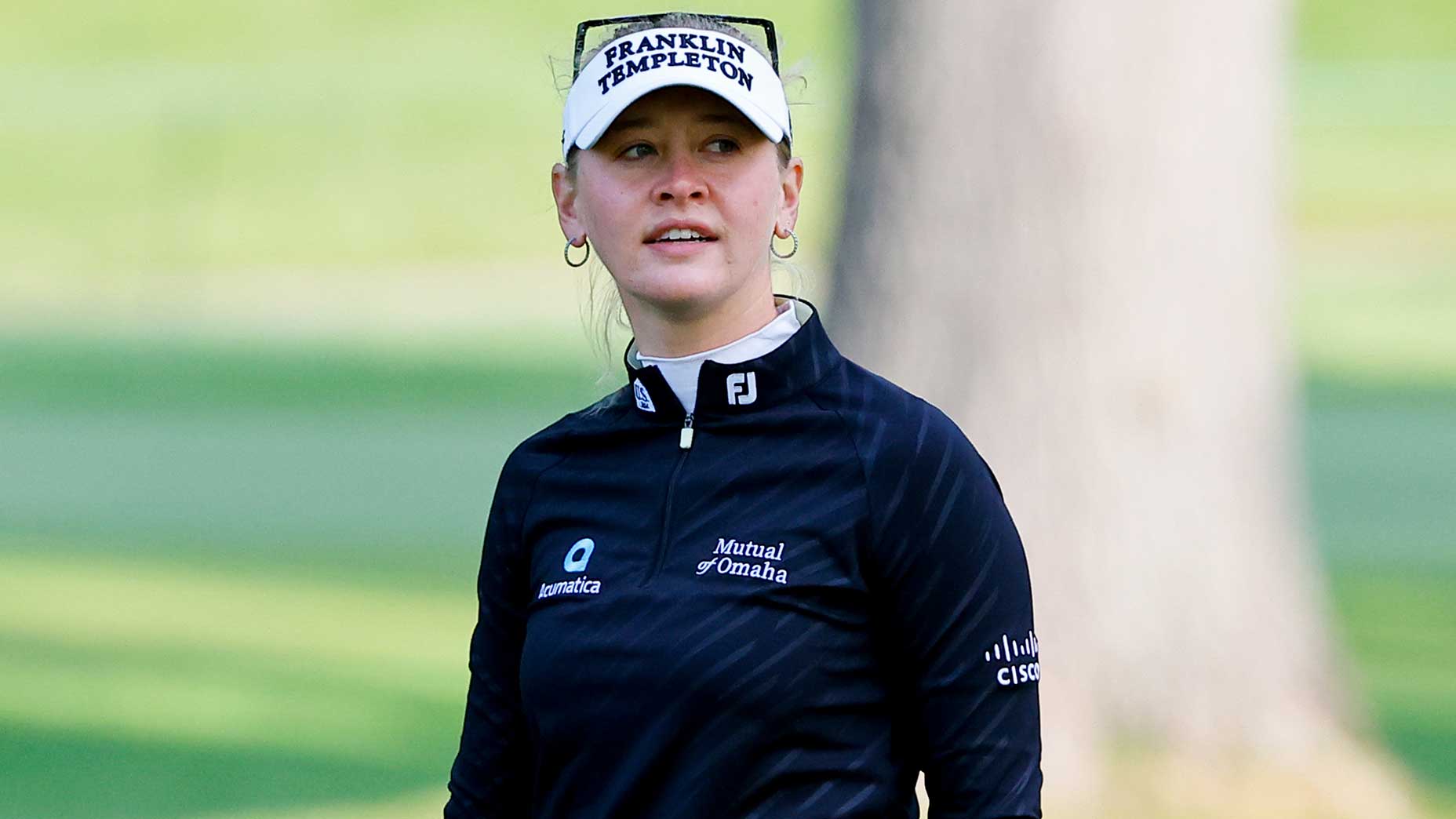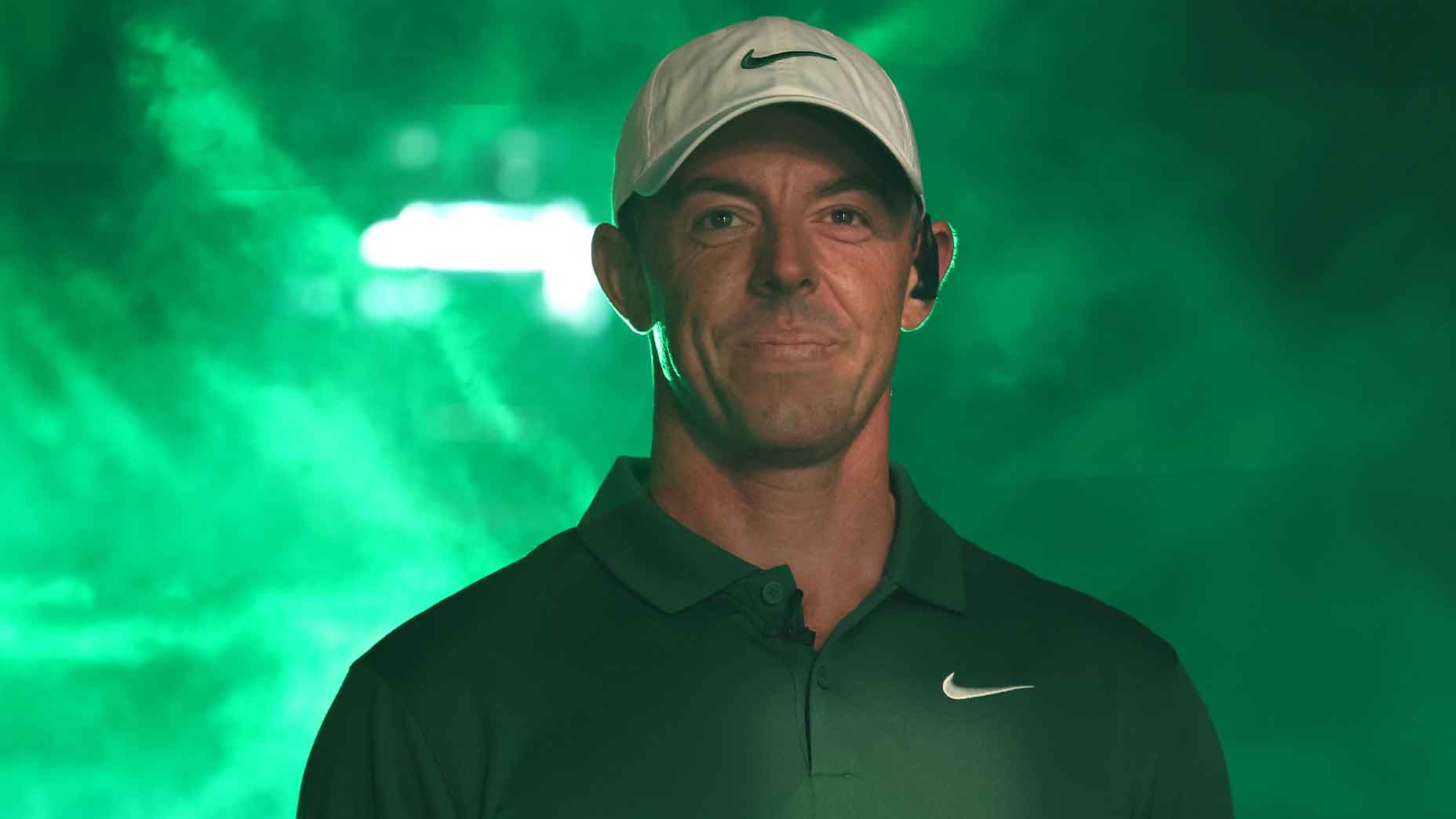Jon Tattersall is comfortable. It’s an hour into my first lesson. He’s now fairly certain I’m not going to destroy any of the expensive equipment in his training facility. So he finally lets me touch a club. We are at Fusion ATL, in a room with tarps hanging on every wall and dozens of cameras surrounding us, none of which are visible to me. And it’s time to see what will actually happen when I take a swing.
That terminology — “take a swing” — is my first worry. “Take a swing” is something baseball players say, not golfers. I’ve played hardly any golf in my life, but I have played a lot of baseball. And I’ve always been under the impression that a baseball swing — level and taken at an object moving rapidly toward you — was the opposite of a golf swing. I’m afraid my decades of playing baseball would be impossible to unlearn, damaging any hope of figuring out a decent golf swing.
Tattersall tells me I’m wrong. “That you played baseball so long will only help you,” he says. For all the intricacies of a golf swing, you’re still just trying to hit a ball. “Baseball players are much better golfers than other athletes,” Tattersall says. “They’re halfway there already.”
Tattersall puts a club in my glove, an extremely comfortable Titleist 1 Velcro model that makes me instantly feel more official. The club is a Gabe Golf training model with four dots on the face that will tell me, along with Tattersall’s cameras and super-smart robot overlords, if I’m striking the ball squarely. I hold the 7-iron in my hand and prepare to swing.
“Uh, now, slow down there,” Tattersall says, with the calming but slightly alarmed tone of a parent unplugging the nail gun his toddler just picked up. “Let’s work on that grip.” He has me hold the club straight out in front of me, like I’m fencing, and takes out a Sharpie. He draws a cartoon arrow on the thumb of my glove. “That’s where the center of the club should be, every time,” he says. “You keep that arrow in the middle and you’ll be close to where you need to be.” This leads me to stare more at the arrow than at the ball. If you need me to hit this glove with the club, I know precisely where to aim. Before I’m allowed to swing the club, I have to stand with the club in front of me, keeping my balance. Like in baseball, it’s all about shifting my weight from one side of my body to the other, and that requires balance, a fulcrum around which my body will pivot. The arrow is the fulcrum. “Fun way to ruin a $25 glove,” Tattersall says.
He lets me take a couple of practice swings, but my form is all over the place, and why wouldn’t it be? There’s no ball there, and I’m too early in the process to take a practice swing all that seriously. Not only do I look like I’m about to fall over, I almost send the club flying across the room. Tattersall sighs: “Okay. Let’s put an actual ball down there and see what happens.”
He tees one up, and I pause: “Is it okay if I destroy the tee?”
I stare at the ball. I stare at the arrow. It is time. I pull the club back, and then sharply back down, and try not to shut my eyes. I swing. To my relief, the ball isn’t still in front of me.
“You hit it!” he says, with wonder and, I like to imagine, a little bit of pride. I’m smiling. I did hit it. Right into that tarp. I’m sure it was perfect. I’m sure he has never seen a talent like me. I hit it.
“Let’s look at the data on that,” Tattersall says, and then I remember: Every detail of what just happened has been documented by the robot overlords. The robots will not lie. I’m still feeling the buzz of hitting the ball. I am not ready for reality to return. I look at him. “Do we have to?”






